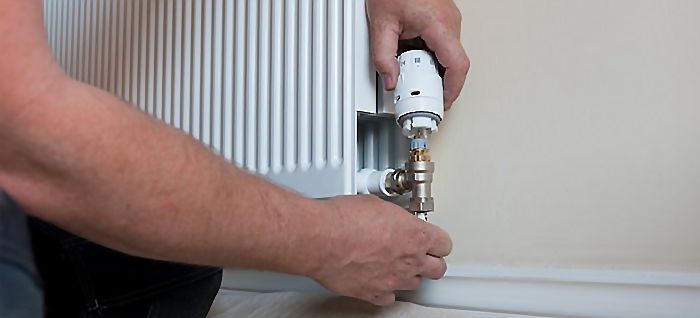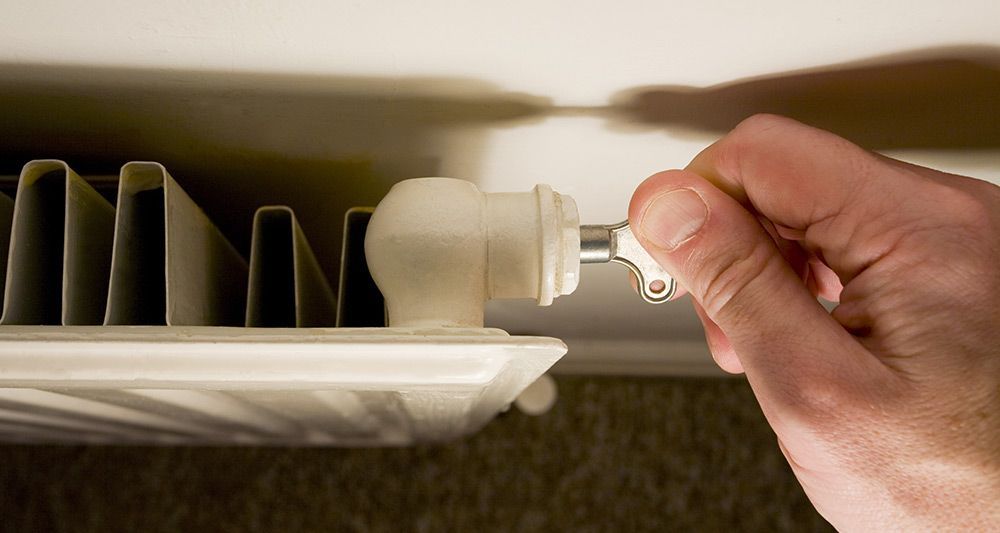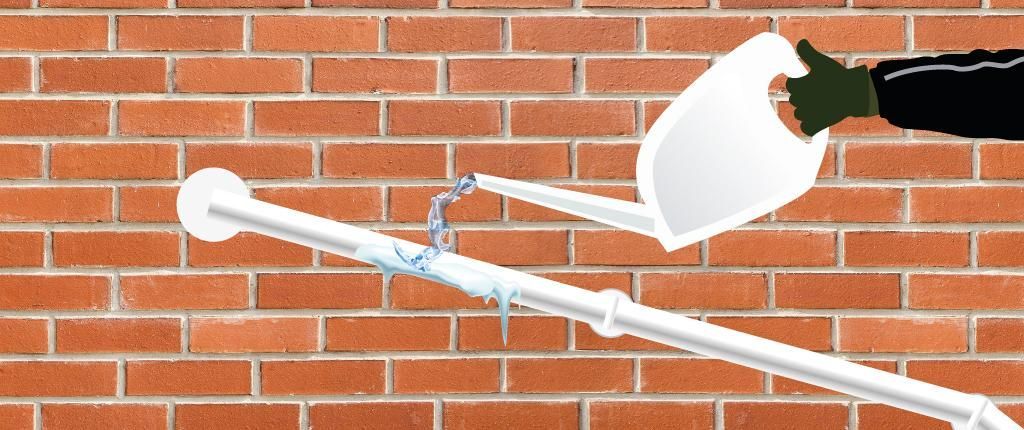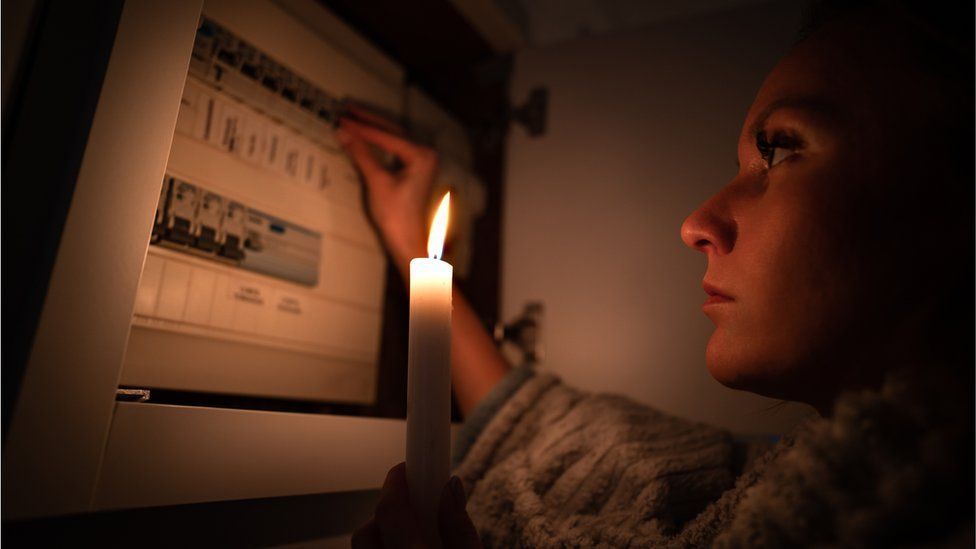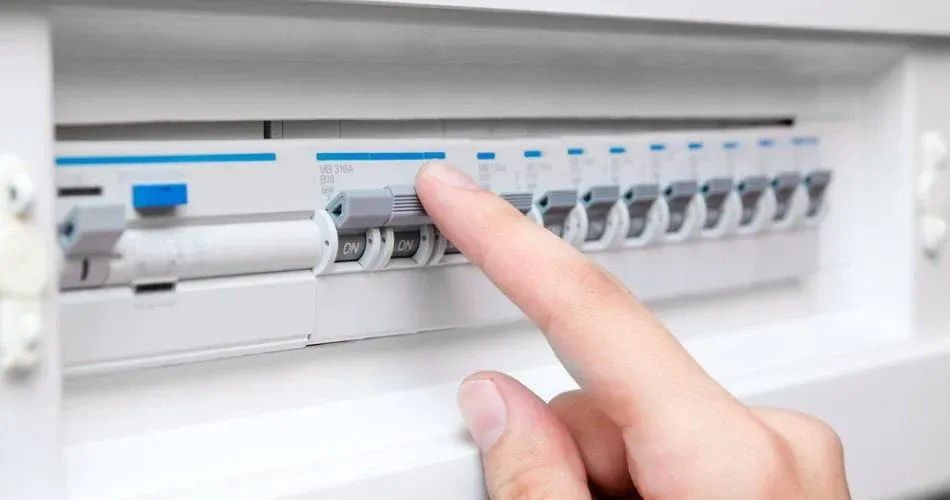How To Guides - Balancing Radiators
Balancing Radiators: The Why and How Guide
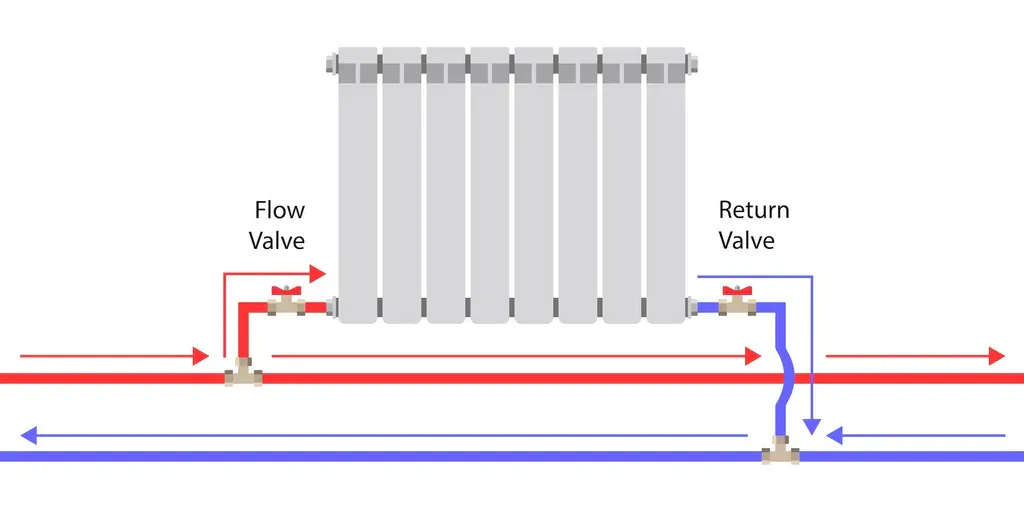
Balancing radiators is a lesser-known yet essential aspect of effective home heating. To ensure your space is optimally heated, it's vital to understand why balancing radiators is important and how to go about it. In this guide, we’ll take a deep dive into the process of balancing radiators to maximize your heating system’s efficiency.
Why is Balancing Radiators Important?
Balancing radiators refers to ensuring each radiator in your home heats up at the same rate, promoting an even distribution of heat throughout the house. Unbalanced radiators often result in some rooms becoming hotter than others or the upper floors getting heated more quickly than the ground floor. This discrepancy can also put pressure on your boiler, potentially leading to premature breakdowns.
Balancing radiators alleviates these issues, ensuring each room reaches its desired temperature simultaneously and making your heating system more energy-efficient. It can also help you save on energy costs in the long run.
Steps to Balance Your Radiators
Here’s a step-by-step guide to balance your radiators:
1. **Turn Off Your Heating** – Ensure your heating system is off, allowing the radiators to cool down before you start working on them.
2. **Open All Radiator Valves** – Radiators have two valves: a lockshield valve, which controls the flow of water into the radiator, and a TRV (Thermostatic Radiator Valve), which you can adjust to set the desired temperature. Begin by fully opening both these valves on all radiators (turning anti-clockwise).
3. **Identify the Fastest Heating Radiator** – Next, turn your heating on and identify which radiator heats up first. This is usually the radiator nearest to the boiler. This radiator will be your starting point.
4. **Adjust the Lockshield Valve** – Once your first radiator is hot, start closing its lockshield valve (turning clockwise) until it is completely shut. Now, slowly open it just enough until you feel the pipe leading into the radiator cooling down slightly.
5. **Repeat the Process for all Radiators** – Now repeat the above step for every radiator in your home in the order they heat up. Note that you might need to go through the process a couple of times to ensure optimal balance.
6. **Do a Heat Check** – After all the radiators have been adjusted, check the heat distribution across all your rooms. If some areas are still colder than others, you might need to tweak the process and adjust the lockshield valve slightly until you achieve an even temperature distribution.
Conclusion
Balancing radiators can seem like a tedious task, but it’s a sure-fire way to boost your heating system's efficiency and make heating your home more effective. While this DIY guide can assist you in balancing your own radiators, remember not to hesitate to get professional assistance if needed. After all, the key goal is a comfortable, evenly heated home during those chilly winter months.


